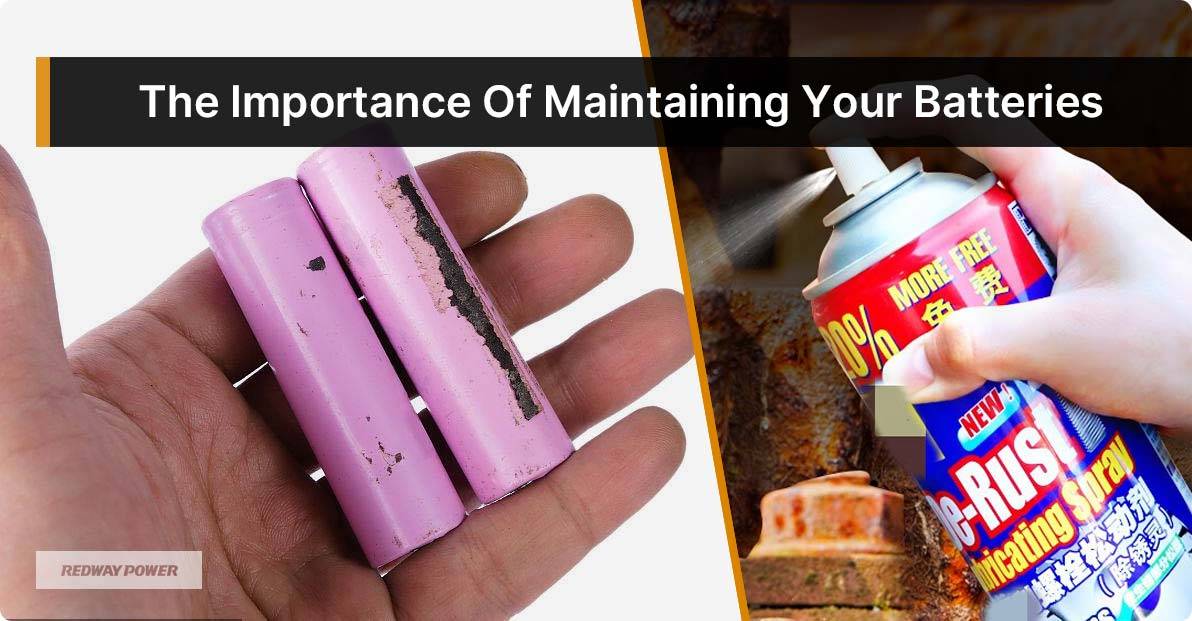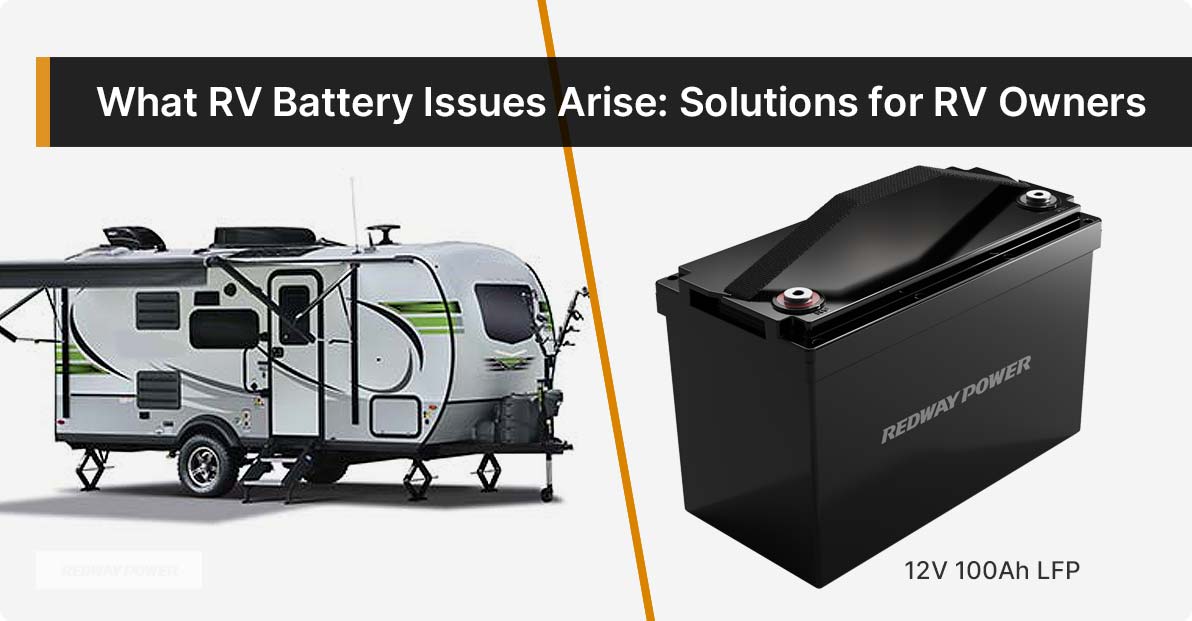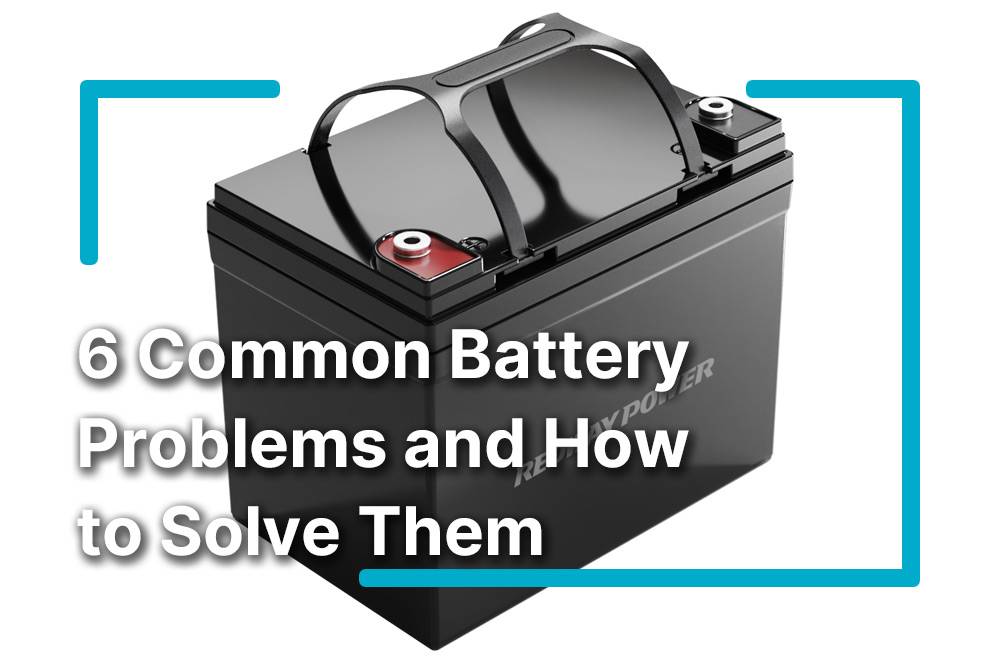Ensure smooth operation of various battery-powered devices by addressing common issues like swelling, degradation, and failure. Implement proactive maintenance, proper charging practices, and environmental control to maximize battery lifespan and performance. Prioritize safety and adhere to manufacturer guidelines for optimal results.
The Importance Of Maintaining Your Batteries
Maintaining batteries is crucial for peak performance. Regular upkeep prevents issues like corrosion and fluid loss. Clean terminals, check fluid levels, and store batteries in cool, dry places. Prioritize care to avoid breakdowns and costly replacements.
Here’s why:
- Prevents Issues: Regular upkeep prevents problems like corrosion and fluid loss, ensuring batteries work efficiently.
- Cleaning and Checking: Keep batteries clean and inspect terminals for corrosion. Top up fluid levels as needed.
- Storage Tips: Store batteries in cool, dry places to prolong lifespan.
Prioritize battery care to avoid unexpected breakdowns and costly replacements.

Common Battery Problems And Their Causes
Experiencing battery issues? Understand common problems: Dead battery from leaving lights on. Sulfation forms sulfate crystals, reducing capacity. Overcharging causes heat, water loss; undercharging leads to sulfation. Physical damage disrupts power flow. Extreme temperatures impact performance—heat shortens lifespan, cold reduces output. Regular maintenance prevents issues.
Understanding why batteries fail is crucial for avoiding common issues. Firstly, leaving lights or electronics on when the vehicle is off drains the battery, causing it to die. Secondly, sulfation occurs over time, reducing battery capacity due to sulfate crystal formation. Overcharging or undercharging can also harm batteries, causing heat or sulfate buildup, respectively. Lastly, physical damage like corrosion or loose connections disrupts power flow. Regular maintenance is key to prevent these problems.
Why Lithium Battery Swells: Solutions for Swollen Battery Restoration
Lithium batteries may swell due to overcharging, high temperatures, or damage. Swelling affects performance and safety. If a lithium battery swells, stop using it, disconnect it, and safely remove it from the device. Dispose of it properly and use chargers designed for lithium batteries. Regularly check for swelling or damage to prevent accidents and ensure safety.
When lithium batteries swell, it’s essential to understand why and how to address the issue safely. Here’s a simple guide to help you navigate through the causes and solutions for swollen lithium batteries.
- Causes of Swelling: Lithium batteries swell due to overcharging, exposure to high temperatures, or physical damage. Over time, these factors can lead to the expansion of the battery, affecting its performance and safety.
- Safety Measures: If you notice a lithium battery swelling, immediately stop using it and disconnect it from any device or charger. Handling swollen batteries requires caution to avoid any potential risks or accidents.
- Disposal and Prevention: Safely remove the swollen battery from the device and dispose of it according to local regulations. To prevent future swelling, use chargers designed for lithium batteries and avoid exposing them to extreme temperatures.
By following these steps, you can effectively address the issue of swollen lithium batteries and ensure safety in handling them.
What RV Battery Issues Arise: Solutions for RV Owners
RV batteries can face issues like discharge due to storage or sulfation from prolonged disuse. Regular maintenance, including checking water levels and using desulfators, can prevent these problems. Overcharging is another concern, so ensure your RV has an appropriate charging system and monitor it closely to prolong battery life.
RV battery problems can disrupt travel plans for RV owners. Understanding common issues and their solutions is essential for a smooth journey.
- Discharge Due to Storage: When RVs are stored for long periods, batteries can discharge, leading to dead batteries when owners hit the road. Regular maintenance, such as checking water levels and keeping batteries charged, can prevent this issue.
- Sulfation from Prolonged Disuse: If lead-acid batteries remain discharged for too long, sulfation can occur, reducing battery efficiency. To combat this, RV owners can use desulfators or smart chargers designed to prevent sulfation buildup.
- Overcharging Concerns: Overcharging can shorten battery lifespan and cause damage. RV owners should ensure their vehicles have appropriate charging systems and monitor them closely during charging to prevent overcharging.
By addressing these common problems and implementing preventative measures, RV owners can enjoy hassle-free travels and avoid unexpected battery issues.

How to Repair Golf Cart Lithium Batteries: Effective Solutions
Learn to repair and upgrade golf cart batteries effortlessly! Here’s a simple guide:
- Repairing Lead-Acid Batteries:
- Clean corrosion using baking soda and water.
- Inspect for cracks and add distilled water if necessary.
- Charge the battery overnight and check the charge in the morning.
- Upgrading to Lithium Batteries:
- Disconnect and remove old batteries.
- Install a battery tray for LiFePO4 batteries (optional).
- Select a suitable high-capacity LiFePO4 battery for improved performance and longevity.
Enjoy a smoother ride with these effective solutions!
Why Lithium Batteries Degrade: Restore Solutions for Golf Carts
Lithium batteries provide extended lifespan and quicker charging for golf carts. Regular maintenance includes keeping terminals clean and monitoring battery health. Ensuring proper charging practices is essential for sustained performance.
Discover the benefits of lithium batteries for golf carts and how to maintain them:
- Benefits of Lithium Batteries:
- Last longer, reducing replacement frequency.
- Charge faster for less downtime.
- Provide consistent performance throughout their lifespan.
- Maintenance Tips:
- Keep terminals clean.
- Monitor battery health.
- Charge properly to maximize longevity and performance.
How to Fix Marine Lithium Battery Problems: Effective Solutions
Marine lithium batteries can encounter issues, but troubleshooting them is manageable. Here are some tips:
- Check Connections: Ensure all wires are securely connected.
- Use Testing Tools: Use a clamp-on ammeter and voltmeter to check electricity flow.
- Reset the Battery: If in low-voltage disconnect mode, fully drain and recharge the battery.
- Choose the Right Charger: Ensure you’re using an appropriate charger.
- Contact Customer Service: Seek expert assistance if issues persist.
Why Home ESS Lithium Batteries Fail: Common Problems Addressed
Home ESS lithium batteries, popular for storing solar energy, face common issues. Overcharging degrades battery cells, while temperature changes affect performance. Proper monitoring and insulation help. Improper installation and maintenance also contribute to failure. Following guidelines and regular checks can maximize battery lifespan and efficiency for sustainable energy storage.
Home ESS lithium batteries are popular for storing solar energy but can face problems leading to failure if not managed properly. Let’s explore some common issues and solutions:
- Overcharging:
- Overcharging can degrade battery cells, reducing their lifespan and efficiency. To prevent this, homeowners should install monitoring systems that regulate the charging process effectively, ensuring the batteries are not subjected to excessive charge.
- Temperature Fluctuations:
- Extreme temperatures can affect the performance and lifespan of lithium batteries. Installing insulation or cooling systems can help maintain optimal operating conditions, safeguarding the batteries from temperature-related damage.
- Improper Installation and Maintenance:
- Incorrect installation and neglecting maintenance can also contribute to battery failure. Following manufacturer guidelines closely and conducting regular inspections can help identify and address any issues early on, ensuring the longevity and efficiency of the batteries.
By addressing these common problems proactively, homeowners can maximize the performance and lifespan of their home ESS lithium batteries, ensuring a reliable and sustainable energy storage solution for their homes.
What Causes Telecom Rack Lithium Battery Issues: Solutions Provided
Telecom rack lithium batteries are gaining popularity due to benefits like higher energy density, longer lifespan, and faster recharge. They integrate monitoring systems for real-time data. Vertiv’s NetSure Control Unit (NCU) aids in monitoring battery levels and predicting issues. These batteries are crucial for managing complex telecom networks, ensuring reliability and minimizing disruptions.
Telecom rack lithium batteries offer many benefits, but they can still face issues. Let’s break down what causes these problems and the solutions provided:
- Temperature Sensitivity:
- Issue: Lithium-ion batteries can be sensitive to temperature fluctuations, affecting their performance and lifespan.
- Solution: Implementing a robust thermal management system within the telecom rack can help regulate temperature and prevent overheating or freezing, ensuring optimal battery operation.
- Safety Concerns:
- Issue: Lithium-ion batteries have been associated with safety risks such as thermal runaway, which can lead to fires or explosions if not properly managed.
- Solution: Utilizing advanced battery management systems (BMS) like those integrated into Vertiv’s NCU can actively monitor battery conditions, detect abnormalities, and trigger protective measures to mitigate safety hazards.
- Compatibility Challenges:
- Issue: Integrating new lithium-ion batteries into existing telecom infrastructure can pose compatibility challenges, especially when transitioning from VRLA batteries.
- Solution: Leveraging versatile control units like Vertiv’s NCU that support both lithium-ion and VRLA batteries ensures seamless integration and monitoring, simplifying the transition process for operators.
In conclusion, addressing temperature sensitivity, safety concerns, and compatibility challenges through effective thermal management, advanced BMS, and versatile control units enables reliable performance and safe operation of telecom rack lithium batteries.
Conclusion
Addressing swelling, degradation, and failure promptly ensures optimal performance of lithium batteries. Regular maintenance and implementing solutions save time and money, maximizing device efficiency. Stay proactive in identifying and resolving issues for uninterrupted power supply.

